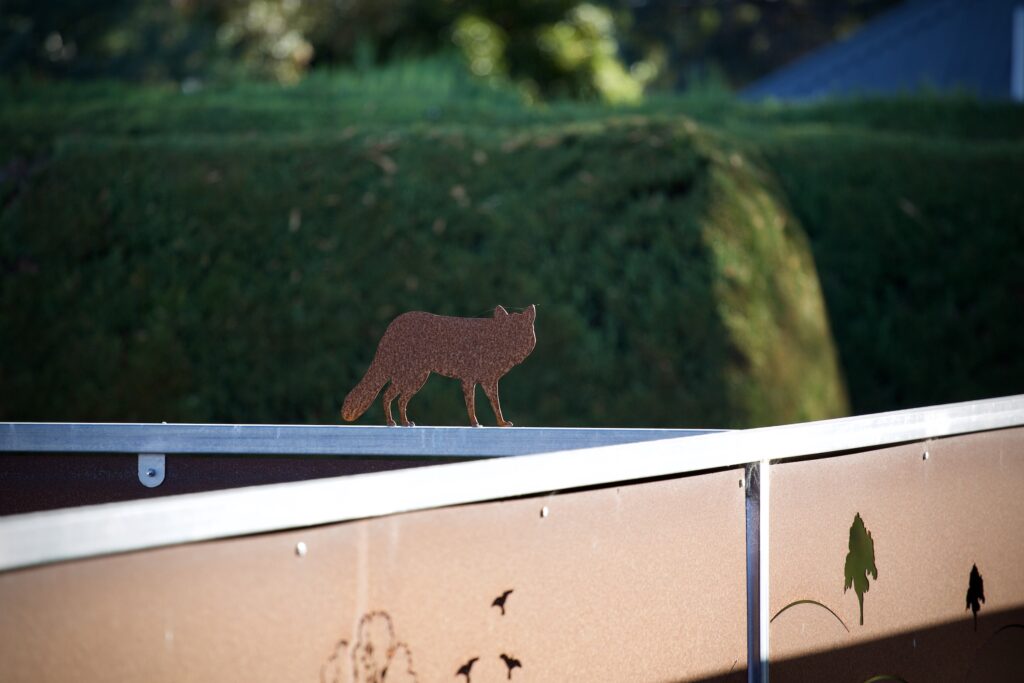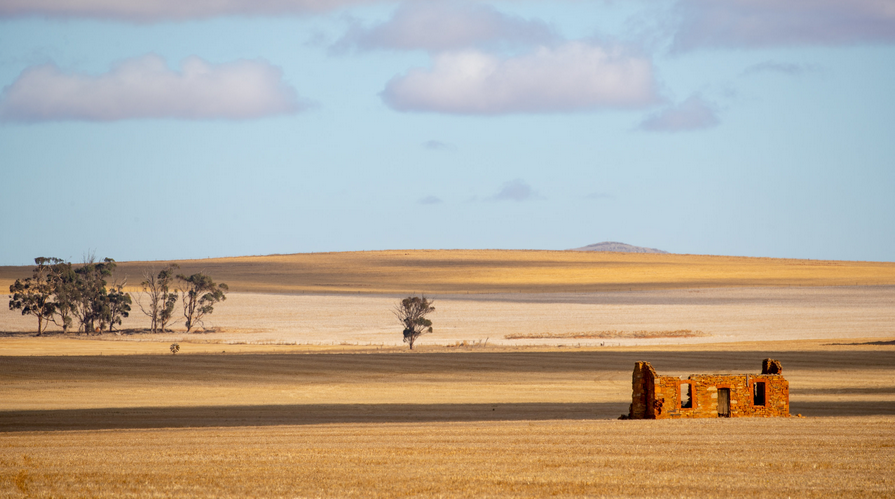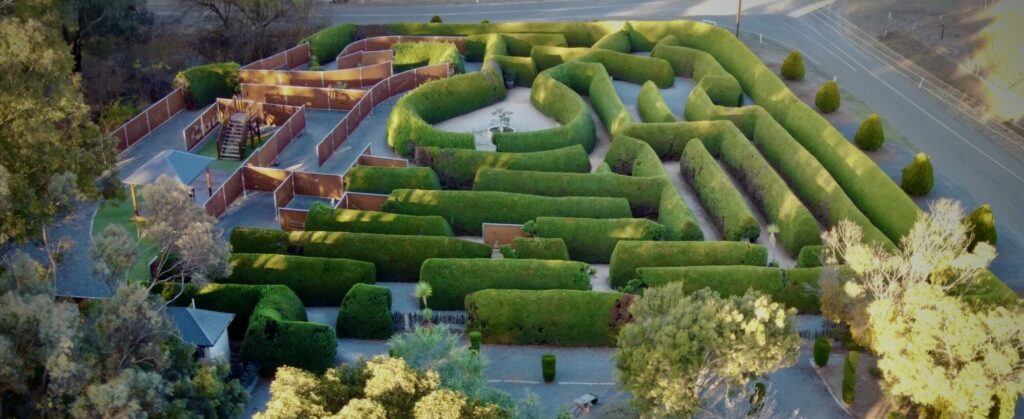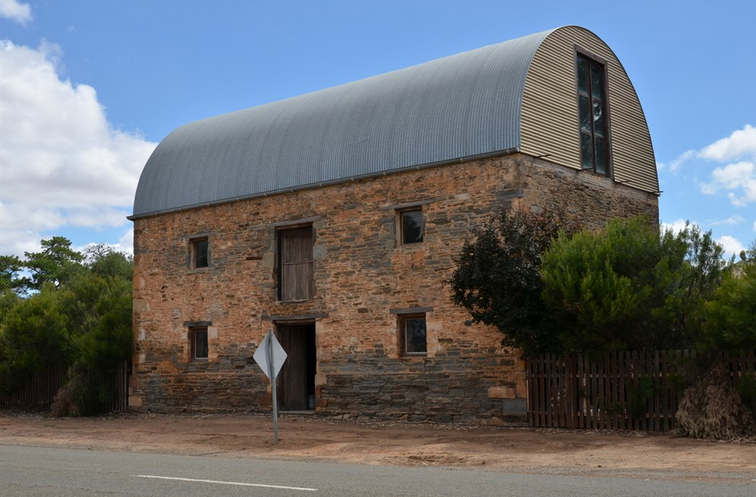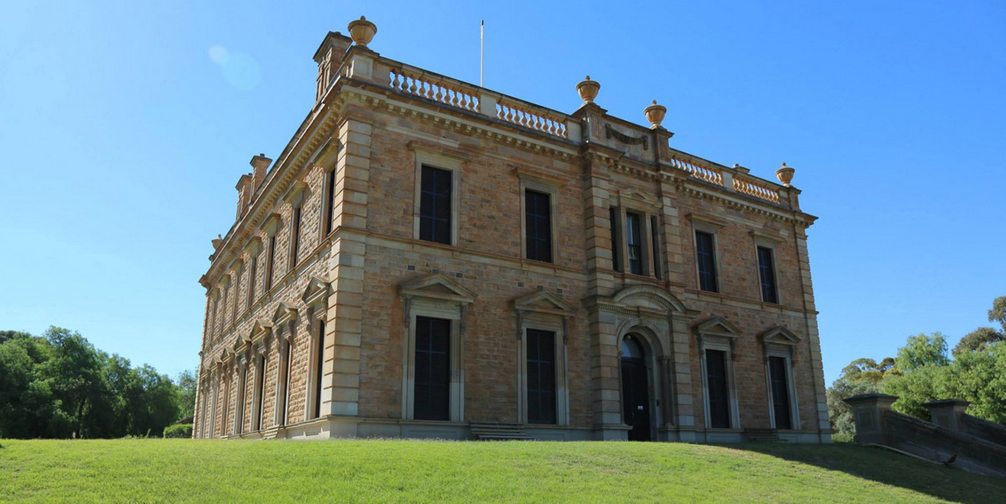Clare Valley is a wine region located in the Mid North region of South Australia, approximately 136km north of Adelaide. The area is known for its scenic landscapes, historic towns, and, most notably, its wine production.
The history of Clare Valley dates back to the 1840s when European settlers first began establishing farms in the region. The first vineyards were planted in the 1850s, and by the late 19th century, wine production had become a significant industry in the area.
In the early 20th century, the wine industry in Clare Valley suffered a downturn due to the decline in demand for fortified wines. However, in the 1960s and 1970s, a new generation of winemakers began focusing on producing high-quality table wines, which helped to revitalize the industry in the region.
Today, Clare Valley is home to over 40 wineries, ranging from large commercial operations to small boutique vineyards. The region is particularly well known for its Riesling wines, which are considered some of the best in Australia, as well as its Shiraz, Cabernet Sauvignon, and Grenache varieties.
In addition to its wine industry, Clare Valley is also a popular tourist destination, known for its scenic beauty, historic towns, and outdoor activities. The area is home to several national parks, including the Clare Valley Conservation Park, which offers hiking trails and camping opportunities. Other popular attractions include the Riesling Trail, a 35km cycling and walking trail that connects several wineries and towns in the region, and the Sevenhill Cellars, one of the oldest wineries in the area, established by the Jesuits in 1851.
Clare Valley also hosts several annual events that attract visitors from around the world, including the Clare Valley Gourmet Weekend, which showcases local wines and produce, and the Clare Valley Film Festival, which celebrates independent films and filmmakers.
Overall, Clare Valley is a region steeped in history and culture, with a thriving wine industry and a range of attractions and activities that make it a must-visit destination for anyone traveling to South Australia.
